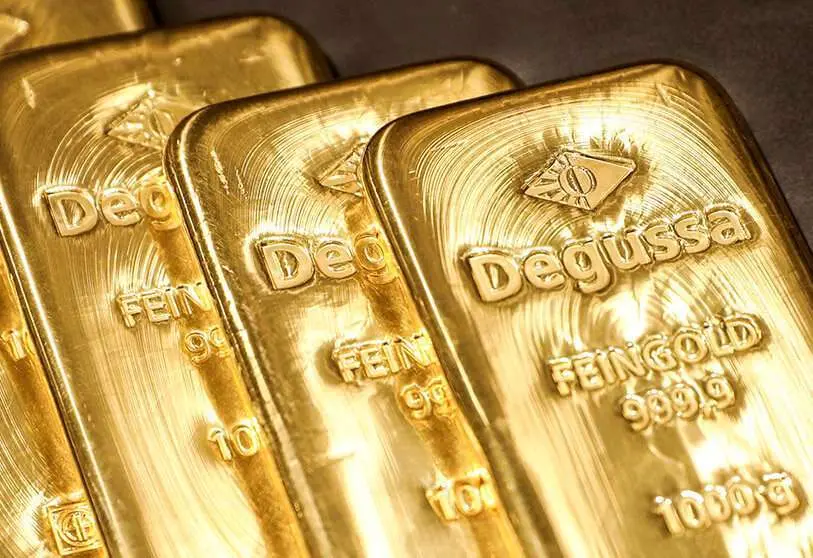It is going to be wild. Hold on to physical gold

We live in a world of many and complex challenges. The coronavirus and the political reactions to combat it will likely make a lasting impact on the world's economic and financial system.
It is certainly not too far-fetched to say that the free market system (or what little is left of it) is in peril. Political globalism, the powerful ideological force driving many governments around the world, has been gaining traction, especially supported by global warming activism and, more recently, the coronavirus pandemic. It favours government intervention over free market forces.
Against this backdrop, it becomes obvious why the outcome of the US presidential election (which, I would like to note here, hasn't been decided yet) is of particular importance for investors, as the future economic and political course of the United States is critical for what will happen around the world.
US President Donald J Trump can be seen trying to stem the encroaching tide of Political Globalism, perhaps best expressed in this quote from a speech he held in 2017: "[T]here is no such thing as a global anthem, a global currency or a global flag." It explains, for instance, the growing contention between the US and China in recent years.
A good part of the world expects Joe Biden to become the 46th US-President – as widely purported by the mainstream media. It doesn't take much to envision the left's reaction if President Trump's allegations about wide-spread voter fraud are proven to be true and keep him in the White House for another four years. It would be a wild ride, for sure!
A democratic US Presidency under Joe Biden, in contrast, can be expected to take side with the broad set of beliefs of the globalist political camp, especially if and when the more radical left within the Democratic Party becomes more powerful. Anti-free market policies around the globe would be encouraged.
No doubt, there is a great deal of uncertainty about the future course of the world's economic and financial developments. However, it appears that the savvy investor has quite some reason to expect that interest rates will remain very low in the foreseeable future, simply because overall indebtedness has become too high.
Central banks are unlikely to withdraw their support for the economies and financial markets in particular. Especially the injection of ever greater amounts of newly created money is likely to continue. Central banks have become the prime funding source for governments and banking institutions.
Of course, the announcements that a vaccine against SARS-CoV-2 will be available in the not too distant future gives hope that economically devastating effects resulting from politically dictated lockdowns may come to an end. This could indeed improve the outlook for economic output and employment around the globe.
However, even such a scenario wouldn't necessarily mean that central banks would end their excessively expansionary monetary policies because the entire economic system as far as consumption and investment is concerned has become dependent on artificially suppressed interest rates and the continued printing of money.
Under these conditions, it appears to be highly likely that the purchasing power of basically all official currencies – be it the US dollar, the euro, the British pound or the Swiss franc – will come under pressure. It is against this backdrop that the relative attractiveness of holding gold from an investor's viewpoint increases.
The purchasing power of gold cannot be debased by central banks running the printing presses. Other than bank deposits and short-term debt, gold does not carry a credit default risk. Gold provides a hedge against the potential downfall of the unbacked paper money system – which, while it may not be around the next corner, is an event that carries a probability that is higher than zero.
In this environment, we estimate (with a great deal of caution, of course) that the price of gold may reach the level of around 2.500 USD/oz by mid-2021 (with an upper band of around 2.780 USD/oz and a lower band of around 2.310 USD/oz). At current prices, our estimate implies an upward potential of around 30 per cent.
Thorsten Polleit. Economista jefe de Degussa

